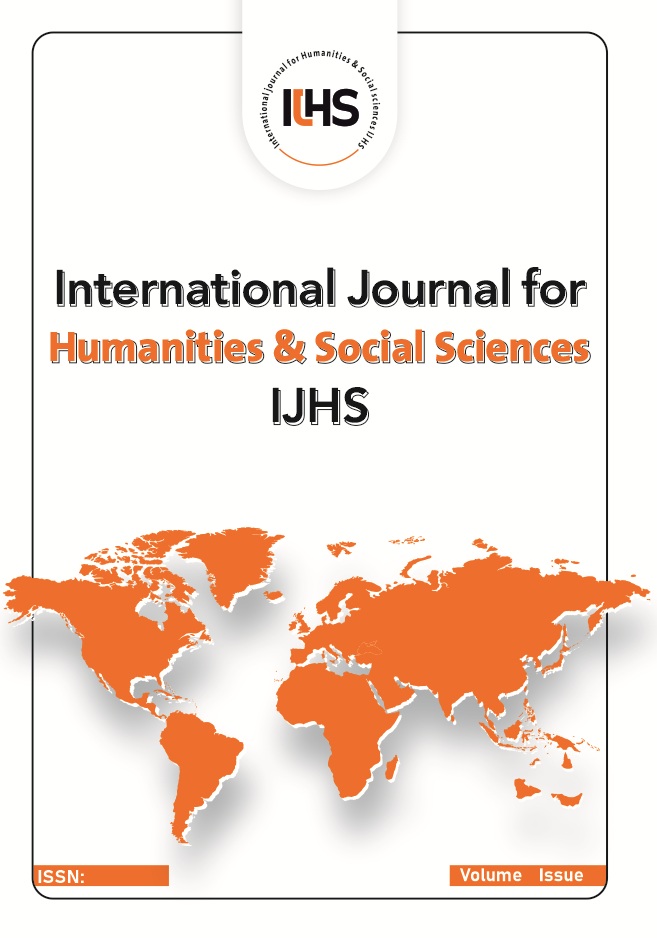Body Language in Children's Literature: Cartoon Art and Its Dramatic Referral
Main Article Content
Abstract
This study deals with the impact of artistic transformation in children's literature on the activation of the child's dramatic sense in his relationship with the text via cartoon art as a sensory translation of body language. The study will present three Palestinian literary model writers from three generations: Tawfiq Fayyad, in his story Haifa was al-Nawras; Yahya Yakhluf, in his story Saq al-Qasab, and Najwa Zoreq, in her story Imlaq Amir Al-Saghir. The three models adopt an artistic method that is specific to the publishing house that published their stories. The research methodology tries to answer the following questions by creating a confrontation between two cartoon models versus a model with the technology of realistic expressionism:
1.Is the artistic transformation of children's stories a preplanned plan by the Arab publishing houses that is accomplished by a professional artist?
2.How does the stylistic technique of caricature art raise the children's mental interaction?
The study aims to achieve two goals: first, to determine the artistic stylistic technique of the child's language and the cartoon art as a transformation reference, and second: to motivate the publishing houses to give more weight in their publications to the child's pleasure over their profitable interests
Article Details

This work is licensed under a Creative Commons Attribution 4.0 International License.
International Journal for Humanities and Social Sciences (IJHS) is licensed under the http://creativecommons.org/licenses/by/4.0, which allows users to copy, create extracts, abstracts, and new works from the article, alter and revise the article, and make commercial use of the article (including reuse and/or resale of the article by commercial entities), provided the user gives appropriate credit (with a link to the formal publication through the relevant DOI), provides a link to the license, indicates if changes were made, and the licensor is not represented as endorsing the use made of the work. The authors hold the copyright for their published work on the IJHS website, while IJHS is responsible for appreciate citation of their work, which is released under http://creativecommons.org/licenses/by/4.0, enabling the unrestricted use, distribution, and reproduction of an article in any medium, provided that the original work is properly cited.

